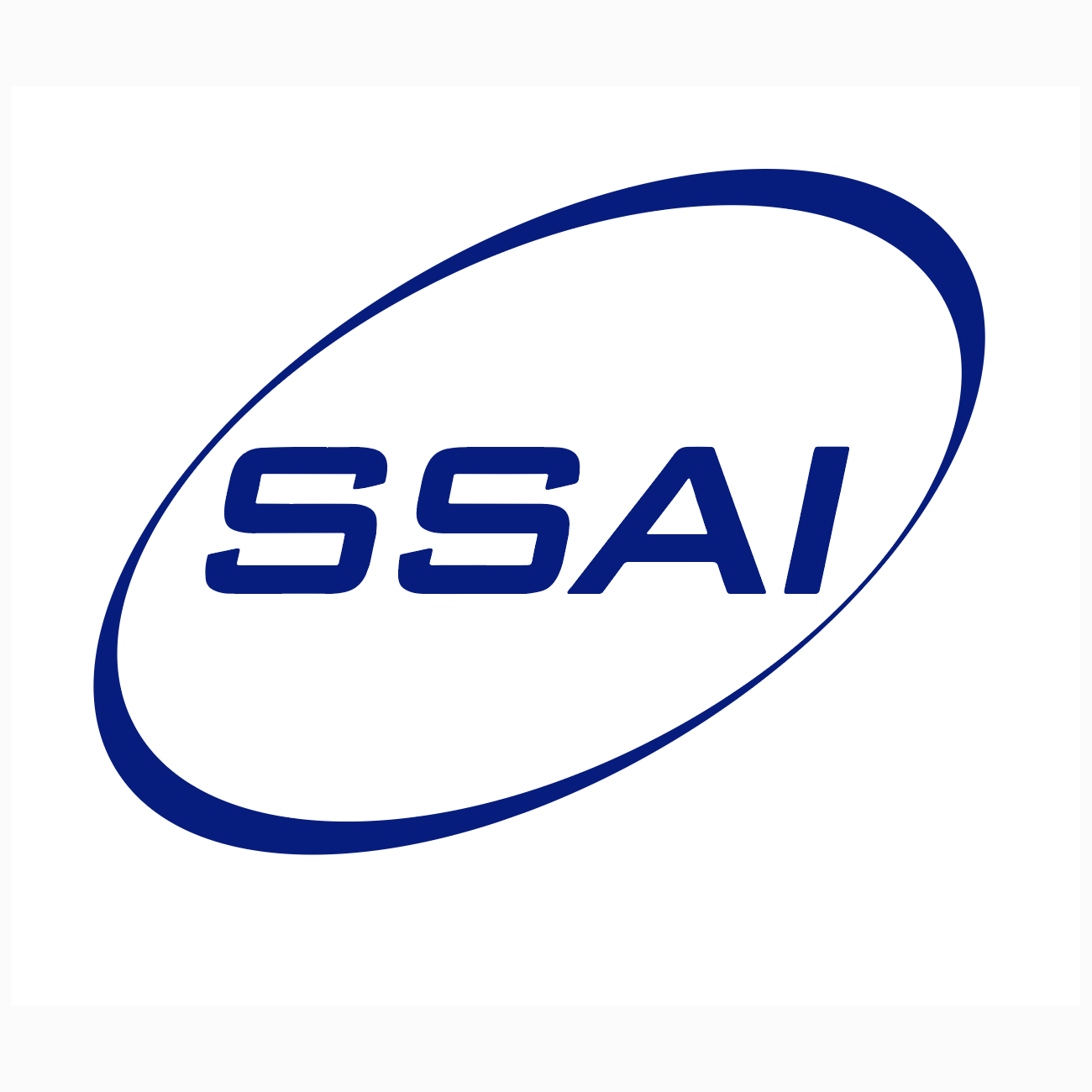
SSAI Brings Earth Science Data Visualization to the Cloud
An SSAI-led team is responsible for the life-cycle processes associated with the Global Imagery Browse Services (GIBS) and Worldview web mapping application.
Together, GIBS and Worldview enable a broad user community — to include professional and citizen scientists from around the world — to visually explore NASA’s Earth Science data.
Currently, GIBS and Worldview architects, engineers, and developers work to add new imagery and develop additional enhancements to outfit both tools with useful features that apply to an ever-growing range of applications they support. The GIBS team is migrating operations to a new cloud-based production system to accommodate the potential growth of its visualization archive and service offerings.
 An SSAI-led team is responsible for the life-cycle processes associated with the Global Imagery Browse Services (GIBS) and Worldview web mapping application
An SSAI-led team is responsible for the life-cycle processes associated with the Global Imagery Browse Services (GIBS) and Worldview web mapping application
GIBS and Worldview enable interactive exploration of data to support a wide range of applications including scientific research; applied sciences; natural hazard monitoring such as wildfire management, air quality measurements, and weather forecasting; and outreach purposes.
Overview
GIBS and Worldview enable users to interact with and explore data that supports a wide range of applications including scientific research, applied sciences, natural hazard monitoring (such as wildfire management, air quality measurements, and weather forecasting), and outreach purposes. More specifically, Worldview is a web mapping application that uses imagery served through GIBS and has the ability to interact with and browse global, full-resolution satellite imagery, layers and then download the underlying data.
GIBS works with NASA EOSDIS data providers and other external data providers like NOAA, to provide more than 900 full resolution visual representations of Earth science data in a free, open, and interoperable manner. Most of its imagery is updated daily and made available within hours after satellite observation — some products spanning almost 30 years. The satellite imagery can also be rendered in other GIS applications or web clients.
The GIBS system has operated on physical hardware maintained and operated by the SSAI-led GIBS team for nearly a decade. Through this time, the GIBS system has seen an order of magnitude growth in visualization products and usage by its broad user community; and all the while has maintained an excellent record of service availability and processing latency. However, the existing physical infrastructure cannot support the future growth of the GIBS visualization archive and service offerings. Therefore, as part of a broader migration underway within the EOSDIS, the GIBS team has begun migrating data and services into the AWS cloud.
Results
In spring of 2021, the SSAI-led GIBS team configured the first visualization products and services in its new cloud-based production system. This required close coordination with cloud infrastructure and security, existing network

Attribution: Davide Lamanna, CC BY-SA 3.0, via Wikimedia Commons
operations, and internal development teams, while ensuring that the transition was invisible to users of the GIBS system. This accomplishment culminated many years of thorough preparation and is a major milestone in the future of the GIBS system. With GIBS now moving to be a fully cloud-based system, the GIBS team may better collaborate with other EOSDIS teams and its user community to meet continually evolving needs. The GIBS team is continuing its effort to transition the remainder of the GIBS archive into its cloud-based production system, with an expected completion date of summer 2022.
